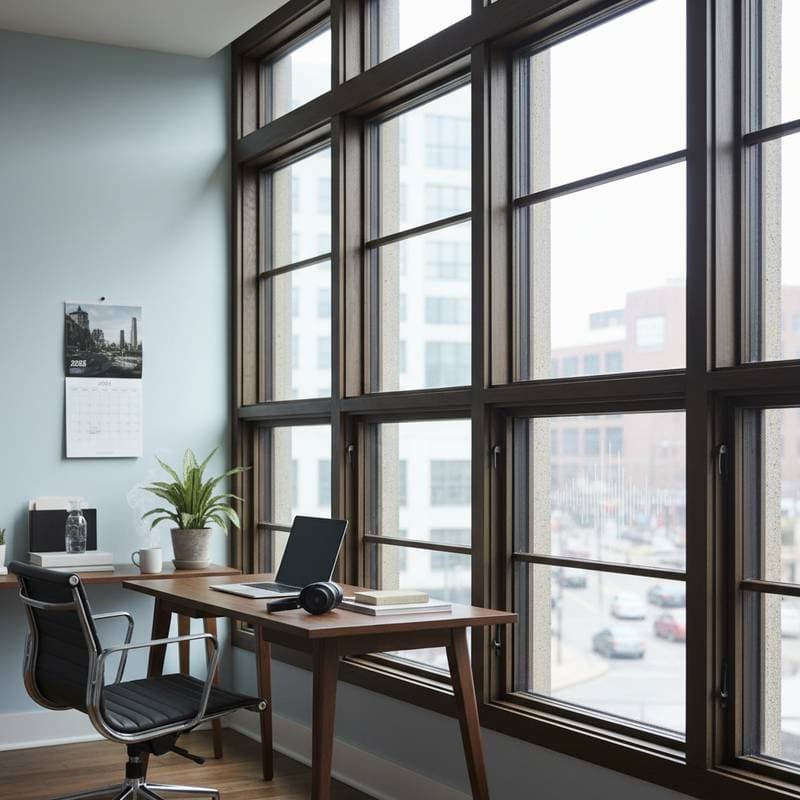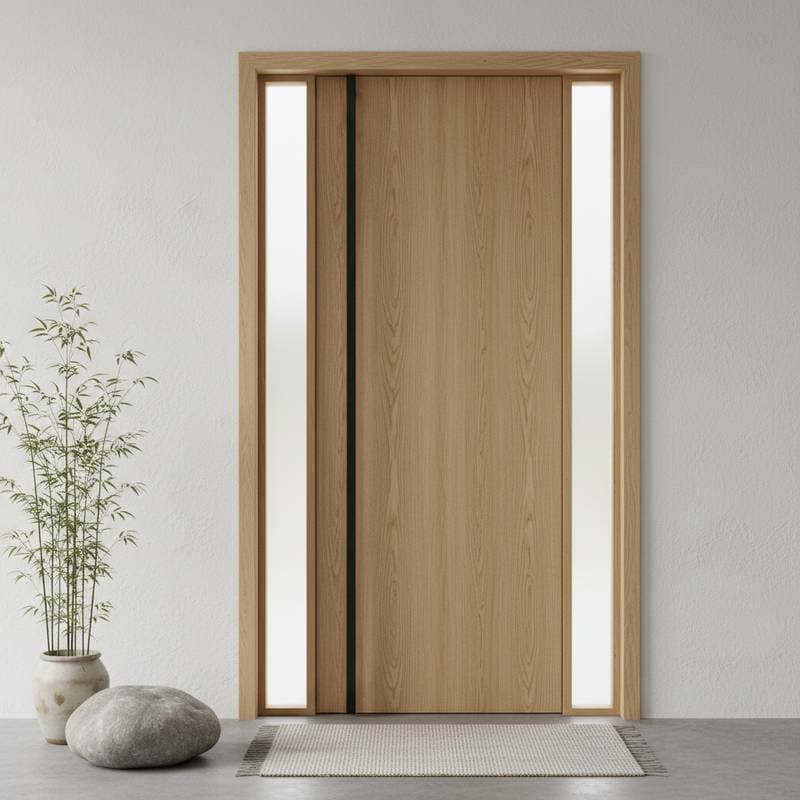How Acoustic Doors Reduce Noise by 85% in Contemporary Homes
Quiet areas represent an essential element of comfortable residences. Urban environments produce increasing levels of sound, and homes now serve multiple purposes, which heightens the need for effective noise management both indoors and outdoors. Acoustic doors provide a reliable method for homeowners seeking tranquility, privacy, and superior sound control, all without compromising aesthetics or utility. Properly chosen and installed, these doors diminish unwanted noise by as much as 85 percent, positioning them as a top choice for soundproofing in today's living areas.
Key Elements of Acoustic Door Construction
Acoustic doors differ significantly from typical interior or exterior doors. Their primary purpose involves blocking, absorbing, and isolating sound waves, rather than merely partitioning a space. Multiple components work together to achieve this effectiveness.
- Core materials: Dense cores, such as those crafted from engineered wood, mineral composites, or high-density particleboard, prevent sound transmission more effectively than hollow alternatives.
- Seals and gaskets: These perimeter elements seal minor gaps that permit sound leakage. Acoustic seals compress upon closing, forming an airtight barrier.
- Thresholds and drop seals: Such mechanisms block sound passage beneath the door, addressing a frequent vulnerability in noise reduction efforts.
- Door frames: A precisely aligned frame proves crucial. Minor deviations can diminish the door's sound-blocking capability by multiple decibels.
Together, these features form a comprehensive system that addresses airborne sounds like speech or music, as well as vibrations from impacts such as footsteps or equipment.
Types of Acoustic Doors and Their Applications
Various acoustic door varieties differ in expense, durability, and sound-blocking capacity. Selection hinges on required noise reduction levels and intended locations.
| Door Type | Initial Cost | Lifespan | Maintenance | Best For |
|---|---|---|---|---|
| Solid Core Wood | Moderate | Long | Occasional refinishing | Bedrooms, home offices |
| Composite Acoustic | Higher | Long | Minimal | Recording spaces, media rooms |
| Metal Acoustic | High | Very long | Occasional lubrication | Garages, exterior zones |
Solid core wood doors offer a harmonious mix of visual appeal and functionality. Composite models incorporate layered insulation for enhanced blocking. Metal versions suit industrial settings, providing robust protection against external disturbances.
Measuring Acoustic Performance
Professionals assess acoustic doors using the Sound Transmission Class (STC) rating. Higher STC values indicate superior noise reduction. Conventional interior doors typically achieve STC ratings of 25 to 30, whereas premium acoustic doors reach 40 to 55.
An STC 40 door transforms typical conversation into a barely perceptible whisper. Ratings above this level render television volume or traffic sounds almost undetectable. For residential applications, an STC range of 40 to 45 strikes an ideal balance of efficacy and feasibility.
Steps in Professional Installation
Installation quality determines the overall success of soundproofing. Premium doors fail to deliver if fitted improperly. Expect these procedures from skilled installers.
- Site assessment: Evaluators examine wall structures, current frames, and adjacent surfaces for compatibility.
- Frame modification: Existing frames receive replacement or reinforcement to accommodate the door's increased weight.
- Accurate alignment: Measurements ensure minimal gaps, with seals and thresholds integrated during hanging.
- Performance verification: The door must latch securely and seal completely. Sound testing confirms adherence to specifications.
Homeowners benefit from scheduling during low-activity periods to minimize disruption.
Assessing Costs Against Long-Term Benefits
Acoustic doors command a premium over basic doors, yet their advantages justify the expenditure. Noise control extends to greater privacy, enhanced well-being, and improved air retention for energy savings. In noise-prone urban or multi-story dwellings, this upgrade elevates resale potential.
Upkeep remains straightforward. Regular seal cleaning, hardware adjustments, and wear inspections sustain performance over decades. As a passive measure, acoustic doors avoid the complexities of active systems or structural overhauls.
Selecting Doors for Specific Home Uses
Door choice aligns with room purposes and noise sources. Home offices require barriers against ambient chatter and daily routines, fostering focused work environments.
Bedrooms demand serene settings for sleep, where even subtle disturbances matter. In entertainment zones, high-performance doors contain audio while preserving decorative integrity. Multi-family or intergenerational homes gain harmony through targeted sound isolation.
For properties adjacent to highways or flight paths, integrate acoustic doors with insulated glazing and wall treatments. This holistic approach minimizes intrusions and elevates overall living standards.
Ensuring Durability and Adaptability
Manufacturers design acoustic doors for extended service, provided owners maintain them diligently. Seals may degrade over years, loosening their grip; timely replacements preserve efficacy.
During remodels, consider versatility. Refinishing or repainting allows coordination with evolving decor. Heavier doors necessitate reinforced hinges and frames to prevent sagging.
Additional perks include thermal benefits. Sound-sealing traits also curb air infiltration, potentially cutting utility expenses through better insulation without added devices.
Planning Ahead for Installation
Accurate preparation streamlines the process. Measure openings precisely and inspect wall integrity before purchase. Consult installers on usage patterns and noise intensities to pinpoint ideal STC and materials.
To facilitate efficiency:
- Remove obstacles from the installation zone in advance.
- Examine warranty coverage and support services.
- Request a live demonstration of seal and threshold mechanisms.
Anticipate one to two days for most projects, depending on complexity.
Integrating Acoustic Doors for Enhanced Living
Effective noise management fosters not only quiet but also intentional space division. Acoustic doors enable this by substantially lowering sound levels and delineating restful from lively areas. Homeowners achieve customizable serenity that aligns with daily rhythms, turning ordinary residences into refuges of calm and productivity.






